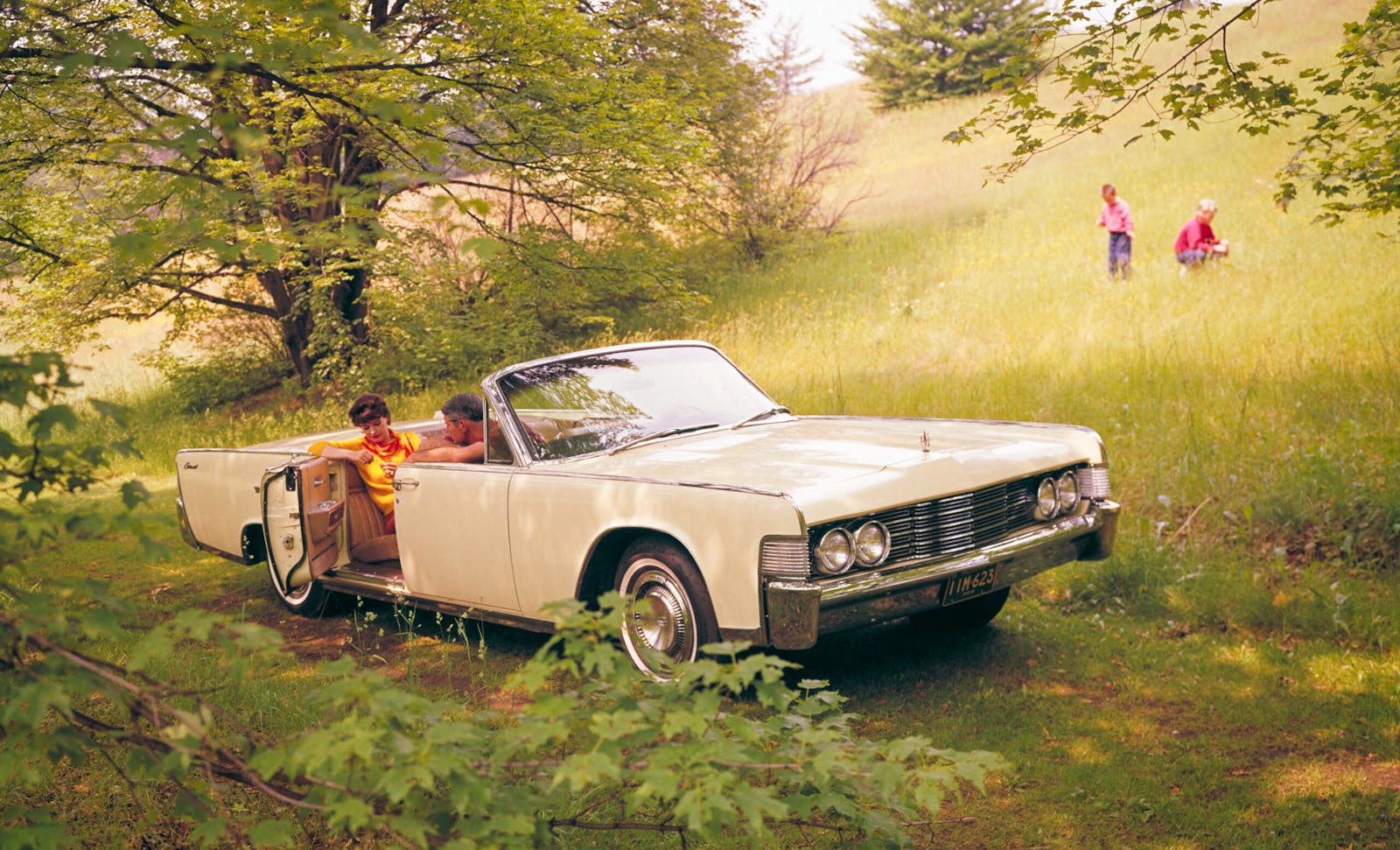Media | Articles
The 1963–69 Volvo 122 Amazon wagon remains a solid, dependable buy
Swedish family cars weren’t always boxy tanks, even if that’s their reputation. Volvo’s wagon story started with the bulbous 1953 Duett and continued with the Duett’s more trim successor, the 120-Series wagon. Though the later slab-sided 200-Series troopers did much to cement Volvo’s bulletproof box legacy, the 120-Series helped establish it. These handsome wagons are appealing to a younger audience lately, one reeled in by the stylish wagon’s reliability and affordability as much as its sweet ’60s nostalgia.
Though the 122 line ran from 1959–70, the wagon (codenamed P220) wasn’t introduced until 1962 for the 1963 model year (sadly, in 1962 Volvo also deleted the two-tone option for the series) and ended production in 1969. Initially branded the Amazon, the lineup only retained the name in Sweden after a kerfuffle with German motorbike manufacturer Kreidler, who had then launched a moped called the Amazone. Volvo’s Amazon was accordingly rebranded the 120 Series, only for the moped to cease production in 1959. Oh well.
The P220 Amazon wagon utilized Volvo’s B18 family of cam-in-block inline-fours that displaced 1.8 liters and came with a four-speed manual with optional overdrive. An optional three-speed Borg-Warner automatic arrived in 1964, along with front disc brakes, prior to which Volvo used drums at all four corners. A three-speed manual was offered in other body styles.
Aesthetically, the steel-bodied Amazon wagon distinguishes itself by its two-part grille and round headlights. Where the Duett (or PV445) is more reminiscent of a lower-slung, family-friendly delivery truck, the P220 looks more like a traditional station wagon. Traces of the Duett’s dramatic hood bulge remain but the effect is much toned down. Around the P220’s upright back, ovoid taillights pair with squared-off corner lights to frame a two-piece tailgate. Should circumstances decree the lower section remain open while transporting cabers, for instance, the top-hinged license plate mounting swings down to display the plate.
Marketplace
Buy and sell classics with confidence
20191127185203)
20191127185214)
20191127185125)
Volvo bestowed dual-circuit braking systems on 120-Series models starting with the 1969 model year. Though the last 120-Series wagons were delivered in 1970, 120-Series production overlapped with its successor series, the 140 Series, in 1968.
Similar to its rock-solid, reliable powerplants, B18-equipped 122 station wagons boast extremely level values. They maintain their #2 (Excellent) condition values at $12,200 from model years 1963–69; 122 series wagons have only increased 2.5 percent over the past seven years. The #2 condition 122S two-doors, equipped with the dual-carbureted, 90- or 95-hp version of the B18, carry a $2500 premium over their wagon brethren, though the wagons out-pace the less desirable four-door variants.
Leaving aside the father of the Volvo wagon family, the Duett, the Amazon wagon commands the highest values. Values for the Amazon’s successor, the 145, are similarly consistent but roughly half those of #2 condition 122s: $7100 for ’72–74 models, with ’69–71 editions a few hundred dollars below that. The following 245 slips yet lower; values for those #2 condition wagons from ’75–80 are dead even, at $5200. The accessible prices of 122s, however, attract a younger, cost-conscious crowd: “Millennial buyers disproportionately prefer them despite the cars being made well before they were born,” says valuation editor Andrew Newton. Millennials make up 31 percent of Volvo 122 quotes, despite making up just 21 percent of quotes in the rest of the market.
Why do these older, slower wagons endure? “They’re timeless, affordable, and stone-cold dependable,” Newton continues, “and those are qualities that younger buyers value more than older buyers. Nostalgia also plays a part, though—even if they were newer models, a lot of Millennials’ parents drove Volvos.”
Volvo Amazon station wagons are a sensible, level-headed classic with family-friendly charm. As long as interest from young buyers remains strong, the future bodes well for these trusty Swedish steeds.
20191127185059)

20191127185116)
20191127185107)
20191127185134)
20191127185144)
20191127185153)
20191127185250)
20191127185302)
20191127185313)
20191127185324)
20191127185335)
20191127185344)
20191127185357)
20191127185408)
20191127185424)

